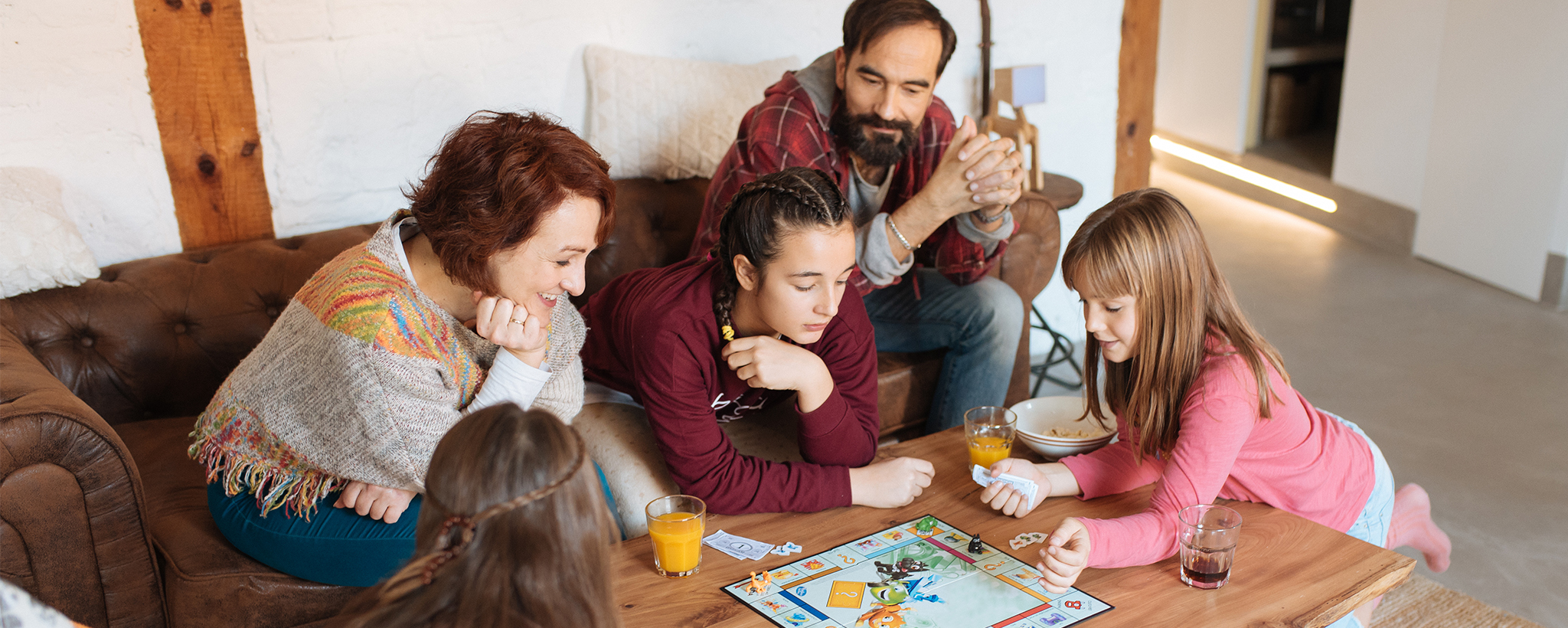Mass Care Shelter
Sheltering in Place
Stay-at-Home

If you are a disaster survivor, please visit FEMA.gov for up-to-date information on current disaster declarations. If you have questions about your disaster assistance application, you can call (800) 621-3362, visit disasterassistance.gov or use the FEMA mobile app.
Sheltering is appropriate when conditions require that you seek protection in your home, where you work or other location when other emergencies arise. The length of time you are required to take shelter may be short, such as during a tornado warning, or during a pandemic. In all cases, it is important that you stay informed and follow the instructions of local authorities.
During extended periods of sheltering you will need to manage water and food supplies to make sure you and your family have what you need to get by. Read more about managing water and managing food.
Choosing to take shelter is necessary in many emergencies. This can mean: Stay-At- Home, Going to a Mass Care Shelter, or Sheltering in Place. Here’s the distinction:
Mass Care Shelter
Mass care shelters provide life sustaining services to disaster survivors. Even though mass care shelters often provide water, food, medicine and basic sanitary facilities, you should plan to take your emergency supply kit with you so you will have the supplies you need. Mass care sheltering can involve living with many people in a confined space, which can be difficult and unpleasant.
- Be prepared to take cleaning items with you like, soap, hand sanitizer, disinfecting wipes or general household cleaning supplies to disinfect surfaces.
- All shelters accept service animals, but many public shelters and hotels do not allow pets inside. Know a safe place where you can take your pets before disasters and emergencies happen.
Search for open shelters by texting SHELTER and your ZIP code to 43362. Example: Shelter 01234 (standard rates apply).
Learn more by visiting: http://www.disasterassistance.gov/.
Sheltering in Place
Whether you are at home, work or anywhere else you frequent regularly, there may be situations when it's best to stay where you are and avoid any uncertainty outside.
Here are some indicators and steps to take if the situation arises:
- Use common sense and available information to assess the situation and determine if there is immediate danger.
- If you see large amounts of debris in the air, or if local authorities say the air is badly contaminated you may want to take this kind of action.
Here are some tips for sheltering in place:
- Local authorities may not immediately be able to provide information on what is happening and what you should do.
- Pay attention to local media outlets for official news and instructions as they become available.
- Bring your family and pets inside.
- Lock doors, close windows, air vents and fireplace dampers.
- Turn off fans, air conditioning and forced air heating systems.
- Take your emergency supply kit unless you have reason to believe it has been contaminated.
- Go into an interior room with few windows if possible.
- Seal all windows, doors and air vents with thick plastic sheeting and duct tape. Consider measuring and cutting the sheeting in advance to save time.
- Cut the plastic sheeting several inches wider than the openings and label each sheet.
- Duct tape plastic at corners first and then tape down all edges.
- Be prepared to improvise and use what you have on hand to seal gaps so that you create a barrier between yourself and any contamination.
“Sealing a room” is considered a temporary protective measure to create a barrier between you and potentially contaminated air outside. This type of sheltering in place requires pre-planning, by purchasing plastic sheeting and duct tape that you would keep in your emergency supply kit.
Stay-at-Home
- Remain indoors as much as possible and try to only leave your home when necessary. You can still use outdoor spaces such as patios, porches and yards.
- Outdoor activities such as walking, jogging and exercise are fine if you practice social distancing.
- Essential services such as grocery shopping, the gas station, pharmacies and going to the Post Office are still fine to do.
- Limit visitors if possible. Try to use video chatting. Call the people you would normally text.


